Blockchain technology
A blockchain is a data structure formed by an ordered link of blocks. A block refers to a collection of data. The related information and records are included in the blockchain and are the basic unit for forming a blockchain. The special data structure organization style of blockchain enables blockchain technology to have four main characteristics: decentralization, transparency, contract execution automation, and traceability. The characteristics of the blockchain technology and the concept of the energy internet are similar to some extent. See Table 1.
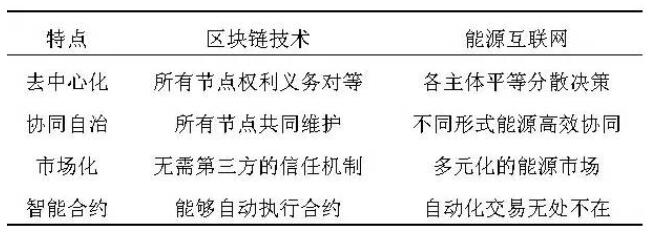
The application of blockchain technology in the energy internet The core function of blockchain technology is that it does not rely on the center or a third party organization to ensure the authenticity of the data, break the trust barriers, and greatly reduce the trust costs that need to be paid for business development. The efficient development of the business. The technical characteristics of the blockchain are consistent with the concept of the energy internet, making the blockchain potential to become one of the important technical solutions in the energy Internet. As shown in Figure 1, the application of blockchain technology in the Internet of Energy can be summarized and analyzed from three aspects: functional dimension, object dimension and attribute dimension.
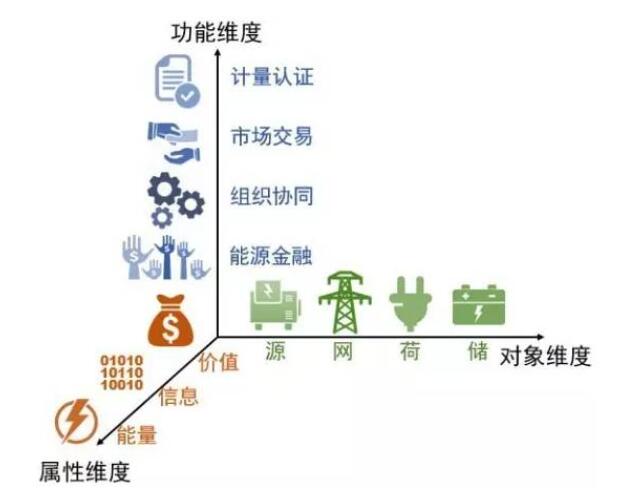
In the functional dimension, the data storage model and technology of blockchain decentralization naturally include transparency and traceability. Therefore, it is very suitable for applications where authentication and exchange are required to organize and guarantee the original third parties. The blockchain can be trusted and self-organized in the mechanism, so it does not need the existence of a third party organization and is of great significance in the future energy system under the "Internet thinking". Specifically, it will play an important role in the measurement and certification of energy and emissions, market transactions of energy and derivatives, multi-energy multi-agent organization coordination, and energy financing.
In the object dimension, the traditional energy system presents a clear structure of the source, network, and load boundaries. In the future, the energy Internet will introduce a large number of energy storage technologies. At the same time, the boundaries of the source, network, and charge are gradually blurred, and the coupling in different energy systems. Gradually increase. The Internetization of sources, networks, Dutch, and storage has created great challenges to traditional operations and trading mechanisms. The blockchain equivalence and decentralization traits can provide key technical support for the development of the Internet in source, network, charge, and storage.
In the attribute dimension, blockchain is essentially a distributed database technology. The objects stored in the database can not only be "value" such as Bitcoin, but also can store other quantities that need to be registered, authenticated, traced, traded, or shared. Examples include ownership, production processes, control signals, copyrights, and even health records. Energy Internet is a network that integrates energy, information, and value. In which information flow and physical flow are deeply integrated and bi-directionally flowed, an open and flat energy system will breed a free and diversified energy and derivative product market, leading to complex and diverse “values. "Flow", blockchain can support the operation of the energy Internet in terms of energy, information and value.
Typical Application of Blockchain Technology in Energy Internet
The blockchain can provide an intelligent system platform for carbon emission certification and carbon emission measurement, as shown in Figure 2.
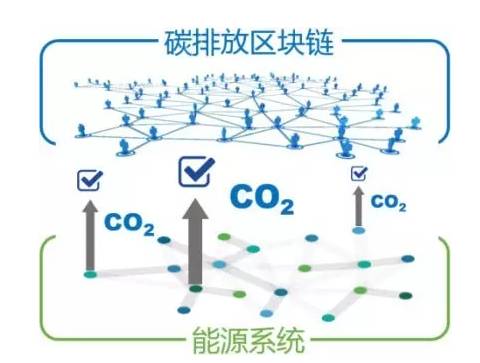
The essence of blockchain decentralization helps to solve some of the security issues faced in physical information systems. See Figure 3.
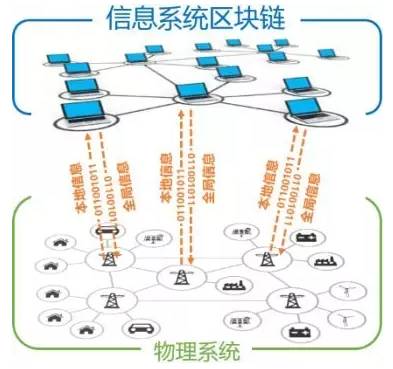
The blockchain can provide a low-cost, open and transparent system platform for the trading of virtual power generation resources. See Figure 4.

Blockchain can provide a decentralized system platform for multi-energy systems. See Figure 5.
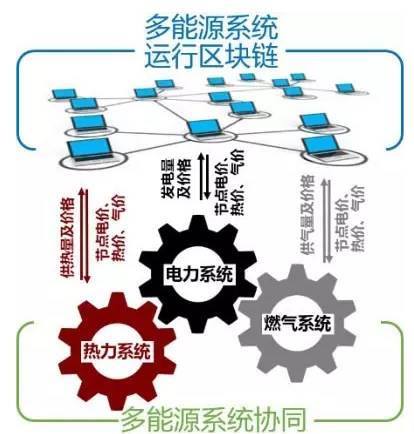
The challenge of blockchain technology in the application of energy internet The application of blockchain technology in the energy internet remains a huge challenge. These challenges are partly due to the limitations of blockchain technology itself and partly to the potential constraints of the combination of blockchain and energy internet. In the application of energy internet, there are still some endogenous shortcomings in the blockchain:
1) There is still a bottleneck in the computational power and response speed of the blockchain;
2) Fault tolerance challenges of asynchronous consensus networks;
3) The issue of lack of responsibility for smart contracts. In addition to the endogenous shortcomings of the blockchain, the characteristics of the energy Internet itself also make the application of blockchain technology face different challenges in the energy Internet: 1. Little experience in the energy Internet of blockchain technology; 2. Energy Internet monopoly Sex threat to the blockchain information security; 3. Challenges brought by internal complexity and physical laws of the energy system; 4. Blockchain laws and regulations still need to be improved.
CNC Aluminum Sheet Or Spare Part
CNC Aluminum Sheet Or Spare Part is those parts processed by CNC machine.It takes longer production time sometimes.However,it also have good advantages.Such as The cutting and milling surface is smooth and burr - free, No need huge mould fees which can save your cost. Suitable for small quantity, small size or specification Aluminum Sheet or spare part. High milling precision of external dimension.Trumony is participate with specialized CNC machine supplier for aluminum sheet CNC production which gives fast delivery and consistant quality.Looking forward to your cooperation about CNC Aluminum Sheet Or Spare Part.
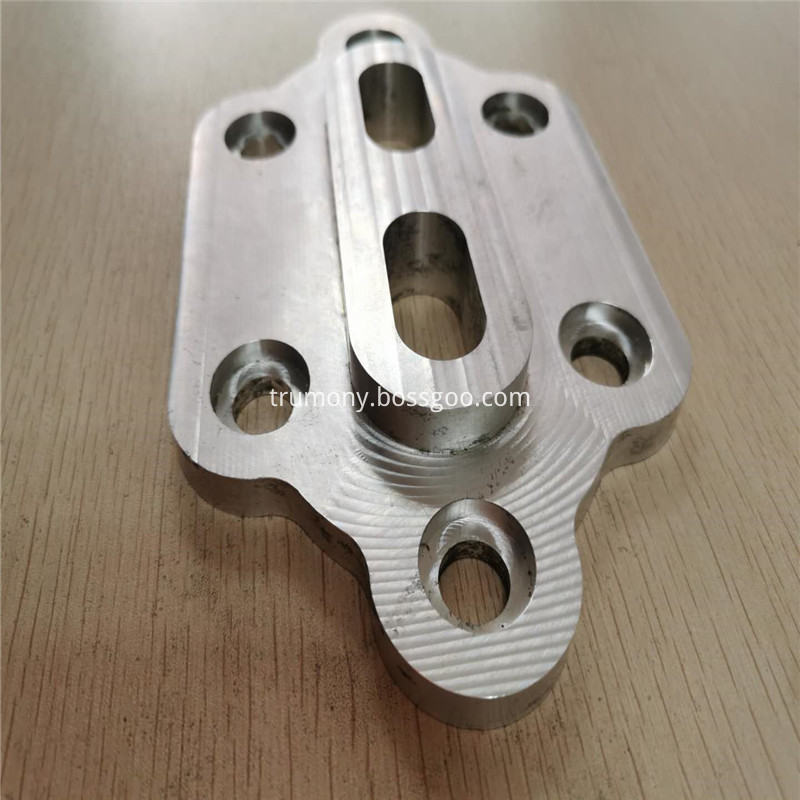

CNC Aluminum sheet,CNC aluminum alloy sheet,CNC Engraving and milling Aluminum alloy sheet
Trumony Aluminum Limited , https://www.szaluminumcoil.com
